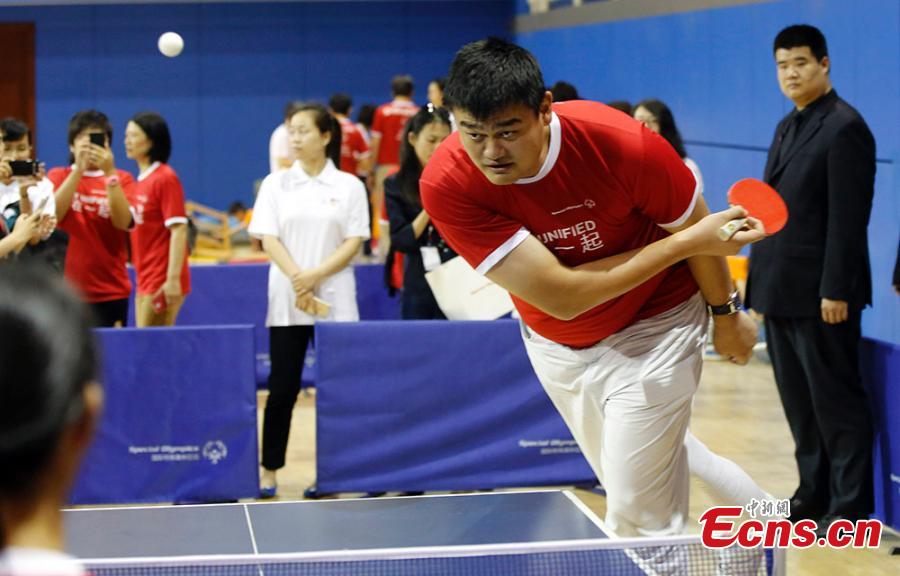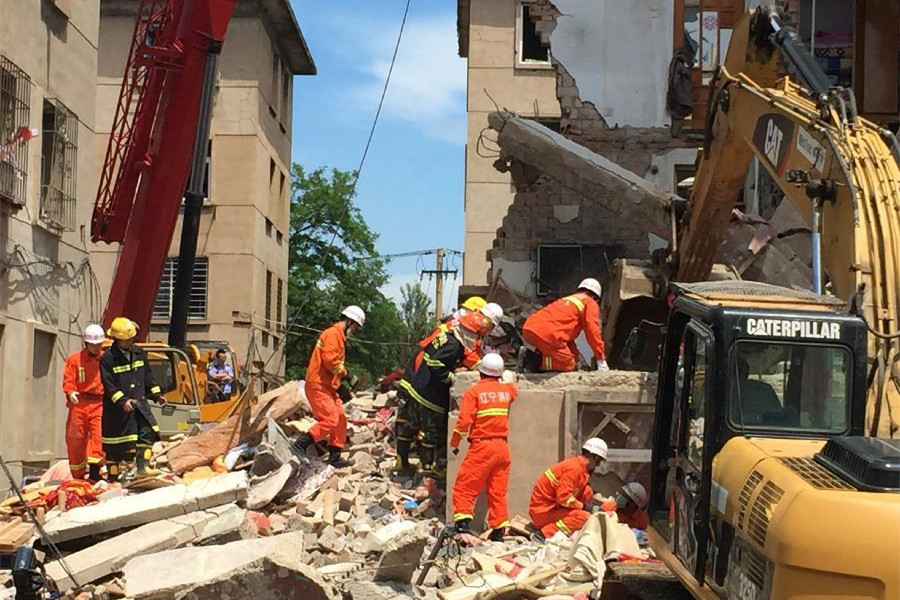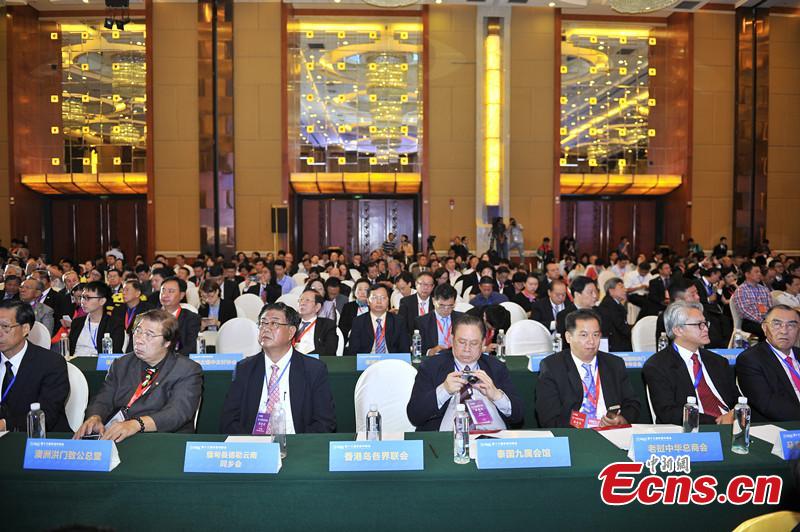Tianjin (CNS)--At a conference held Monday on the World Population Day, demographic experts agreed that if the percentage of China's population from 0 to 14 years of age falls below 18%, or the birth rate falls below 1.8, the society will enter a "baby bust" stage, directly causing a lack of labor, negatively affecting the age balance of the population and hindering the country's economic development.
The phrase "baby bust" originated in Japan, and refers to a decreasing birth rate caused by married couples postponing pregnancy or having fewer children, especially in countries with large and vigorous economies.
As shown in the sixth national census released at the end of April, 220 million people are within the 0-14 age range, or 16.6% of the total. That's 6.29% less than in 2000 – in spite of the general growing population trend – and half of that in 1982 (33.6%).
"The decline of the young population will directly lead to a decrease of working people at their golden age (18-35) in the future. Because of this, the potential for weakened national economic development is foreseen," said Dr. Mu Guangzong, professor at the Institute of Population Research at Peking University. "If the trend of only children and population aging continues, the general age structure will be trapped in a low birth dilemma," he added.
"Insufficient cheap labor is predictable owing to the lowered birth rate and more people receiving high education. Companies that demand large amounts of labor will meet shortages," explained Dr. Zhai Zhenwu, dean of the School of Sociology and Population Studies at Renmin University.
However, Dr. Zhai's view was more optimistic: "The age group born from 1985 to 1990 has entered their fertile age, and the newborn population will increase in the coming years. This growing tendency will last till 2013, as long as no modifications are made to the current birth policies."
Zhai added that the present policies should be maintained because a sudden increase in the newborn population could pose a fierce challenge to the social infrastructure.



















